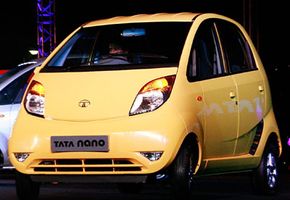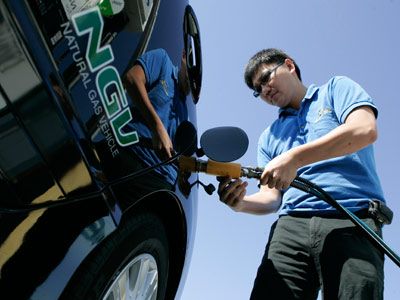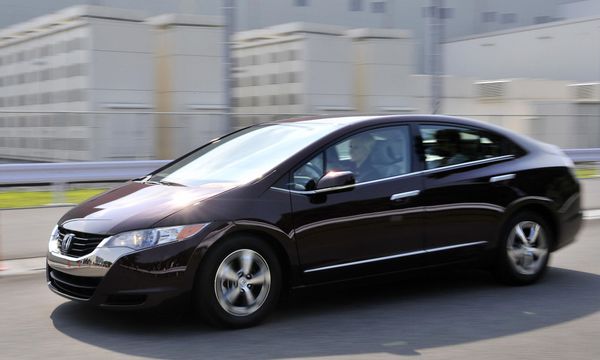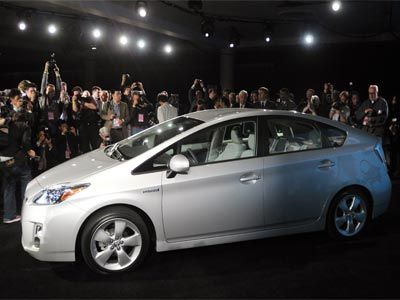A few lines from the Kinks' 1979 hit "Low Budget" come closest to describing Tara International's Tara Tiny: "Cheap is small, and not too steep, but best of all, cheap is cheap."
Tara International chairman and CEO Tara S. Ganguly would likely dispute this overly simplistic characterization of his two-seat all-electric vehicle. Instead, he sees the Tiny as a simple and inexpensive solution to two related problems -- dwindling fossil fuel resources and growing levels of pollution [source: Tara International].
Advertisement
Those lofty goals don't change the fact that the Tara Tiny is really, really cheap. The Tiny will only be sold in India and will set consumers back about 99,999 rupees, or roughly $2,400. This price trumps its closest Indian rival by one rupee. That rival, the Tata Nano, was once billed as the world's cheapest car and had an initial sticker price of 100,000 rupees.
While they're extremely close in price, the two cars are worlds apart in design. The Nano uses a traditional gas engine. On the other hand, the two-door Tiny is a battery-powered electric vehicle (EV) -- a car that's easy on the wallet and the environment.
While you may never see the Tiny on American shores with a $2,400 price tag, read on to find out what makes this car more than cheap fun -- and what makes the Tiny a possible contender in the growing alternative-fuel vehicle market.
Advertisement



